Instagram - Philosophy and Reality
In 2010, co-founders Kevin Systrom and Mike Krieger launched a photo-sharing app called Instagram, with a simple but compelling feature: make whatever you take look better with filters that enhance the quality of the image. It was aimed at a community of photography enthusiasts. Compared to other apps, Instagram took up less of users’ time, because it pushed users to go out and experience and capture those experiences.
Systrom and Krieger leveraged the support of artists and celebrities to bring the platform to the masses. Instagram went viral. From 25,000 users on launch day, after only 6 weeks, that number jumped to 2 million, and kept growing.
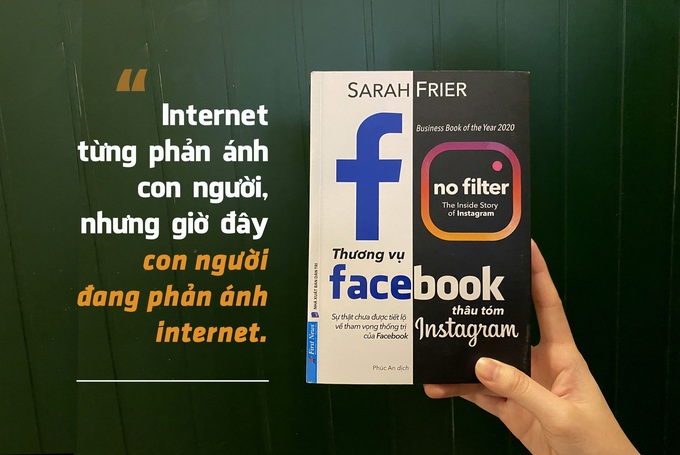
Instagram became one of the first startups to thrive on Amazon’s cloud computing platform. And Instagram was also the easiest way to share photos on Twitter. The advantage of this strategy was that Instagram would one day become a giant. But to do so, the founders would have to make many painful compromises. But first, they had to deal with a series of troubles after their initial success: server problems, overloaded with customer support issues… At that time, Instagram had a team of only 13 employees.
In less than two years, the app had grown to 1 billion users. The development of Instagram was also a process for co-founders Systrom and Krieger to figure out what to do with the dominant power their product had over users' attention. And that was when Instagram was being eyed by other tech companies, including the "boss of Facebook". At that time, Zuckerberg saw Instagram as his competitor and intended to acquire it.
In 2012, after much deliberation, Systrom and Krieger decided to sell Instagram to Facebook. Mark Zuckerberg bought Instagram for $1 billion, with the deal: To maintain the beauty and brand of Instagram, the two founders stayed on to run their application as a separate company within the "giant Facebook". In the process of running Instagram as a "separate company", they always tried to support the strategy of promoting creativity and collaborating with celebrities, against Facebook's philosophy of growth at all costs. But their efforts did not last too long.
Philosophy eventually gives way to profit
In the early stages, Zuckerberg still kept his commitment to give Instagram a certain amount of independence. Systrom tried to make Instagram an important part of Facebook without losing control of his own future, continuing to pursue Instagram's values. The veteran team identified three values for Instagram: community first, simplicity, and inspiring creativity. Systrom believed that it would be dangerous for Instagram to rely too much on Facebook. Although he wanted to grow, he did not want to become Facebook, did not want to apply Facebook's "growth at all costs" motto.
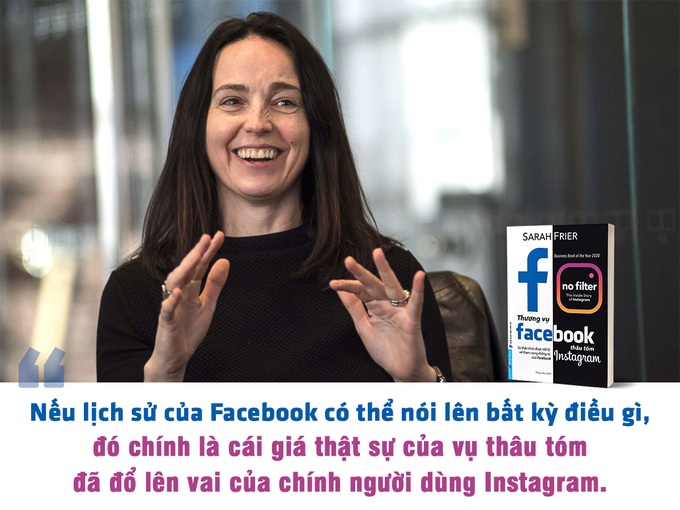
Systrom was worried about losing the values that made Instagram special. He wanted the app to be known for thoughtful design, simplicity, and high-quality posts. But Instagram was growing so fast, he couldn’t have both with his small team.
By 2014, Zuckerberg had decided that Instagram was big enough to be useful, and that it was time for the app to generate enough revenue for Facebook to make up for some of the acquisition cost. Zuckerberg predicted that Instagram could generate $1 billion in revenue by 2015, and urged Systrom to increase the frequency of ads or the number of advertisers on Instagram, and Facebook would help Instagram reach advertisers using Facebook's solution.
Systrom's concern was that if he wasn't careful, the move could damage the brand Instagram had built, "because it would appear to be Facebook-only ads, with a lot of it using cheap copy and clickbait—things that would clash with Instagram's aesthetic and what users expect to experience on the app."
Amidst the conflicts, Instagram still tries to continue its own path, has its own business plan (with the support of Facebook's advertising technology), the team continues to work hard, constantly improves features and has many breakthrough developments.
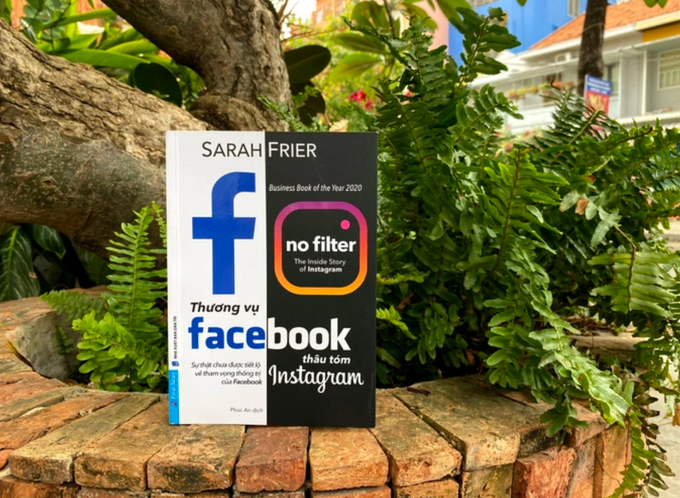
In 2017, when Instagram had billions of dollars in revenue, had its own vision and strategic products, and was aiming to reach 1 billion users, Facebook was in crisis. And that was also the time when Zuckerberg did not want Instagram to forget who they were working for. Zuckerberg thought he had given Instagram a lot of freedom and support, and it was time for Instagram to start giving back. The author quoted a former Instagram director as saying, "Facebook is like an older sister who wants to dress up her younger sister for a party but does not want her younger sister to be prettier than her."
In late 2017, Zuckerberg asked Systrom to create a prominent link in the Instagram app that would direct Systrom’s users to Facebook. And in Facebook’s news feed, in the navigation panel where all the links to the social network’s other properties are located, Zuckerberg removed the link to Instagram.
What happened happened. In the summer of 2018, when Instagram hit 1 billion monthly users, Zuckerberg ordered a halt to all support for Instagram. Without Facebook’s support, Instagram’s growth slowed. Instagram then had to “play the Facebook game” and adopt some of the strategies it had invested so much effort in avoiding. At the end of September, both Instagram co-founders, Systrom and Krieger, resigned. “Everything fell apart at 1 billion.” They realized that you don’t always get what you want, even when you’ve reached the pinnacle of business success.
In the months that followed, as Instagram’s founders departed, their app was rebranded as “Instagram from Facebook.” In 2019, Instagram brought in roughly $20 billion in revenue, more than a quarter of Facebook’s total. But after hitting a billion users, the app they built to create massive cultural impact became mired in corporate confusion about personality, self-esteem, and priorities.
“If the history of Facebook tells us anything, it’s that the real cost of the acquisition has fallen on Instagram users,” the book’s author writes. Facebook’s acquisition of Instagram offers a unique look at Instagram’s enormous impact on society; highlights our relationship with technology; reveals the human desire for perfection; and exposes the battle between tech companies over the most valuable commodity of all: users’ time and attention.
The story shows how the founders' ideals are affected by making profits. Everyone has their own philosophy and needs. Reading the book, we will see the concerns of those involved, the prices to pay for success, for creativity, and development. "Facebook's acquisition of Instagram" is an example. It provides us with a lot of useful information, knowledge, experience, and philosophy.
And there will be countless examples like that in the process of human development for people to share joy and sadness.
Sarah Frier is a reporter for Bloomberg News, specializing in covering major technology companies. Her expertise, knowledge, information and experience have helped the author convey a seemingly dry story in an engaging way, with a smooth narrative voice, strung together with abundant real-life material and stories from many insiders.
The book is based on multiple accounts, so there is information that is difficult to fully verify, but as the author stated, "the book is my greatest effort to bring you a true image of Instagram, without applying any filter other than my own." That is the objectivity and carefulness required of an author who is a journalist when bringing us this story.
Thu An
According to First News Publishing House
Source


























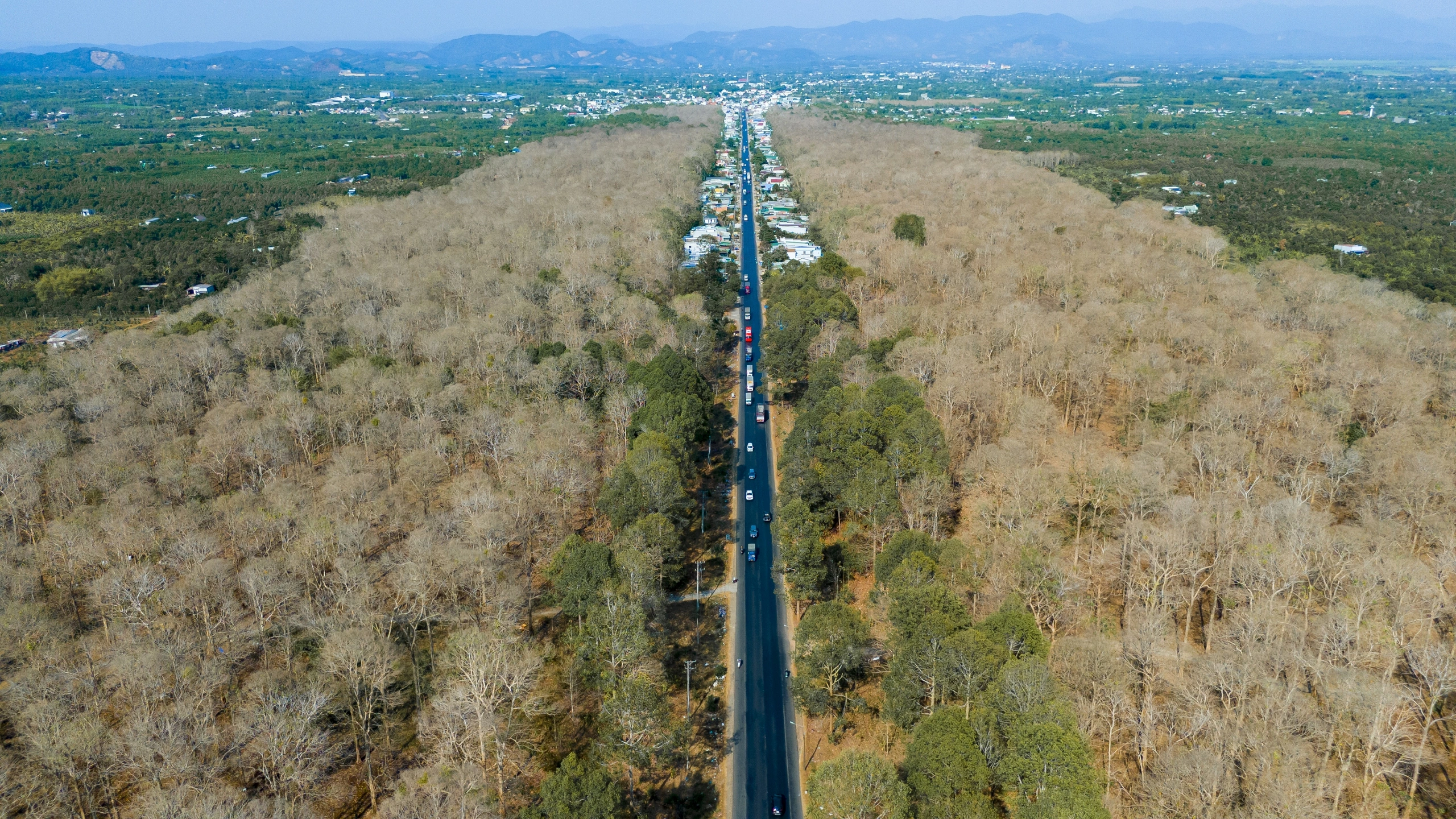


























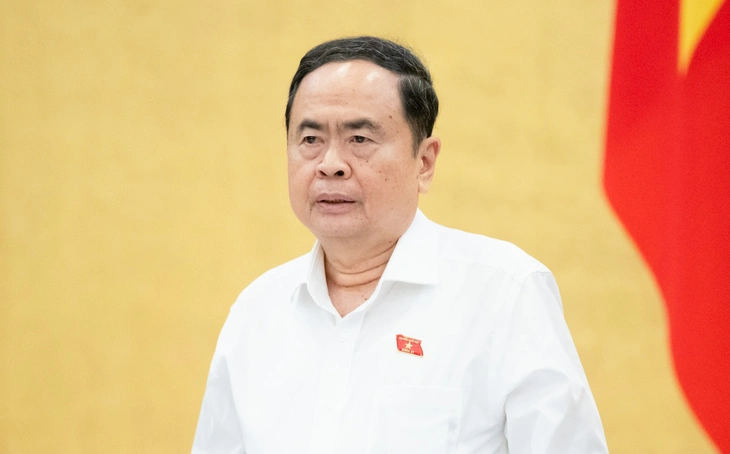





















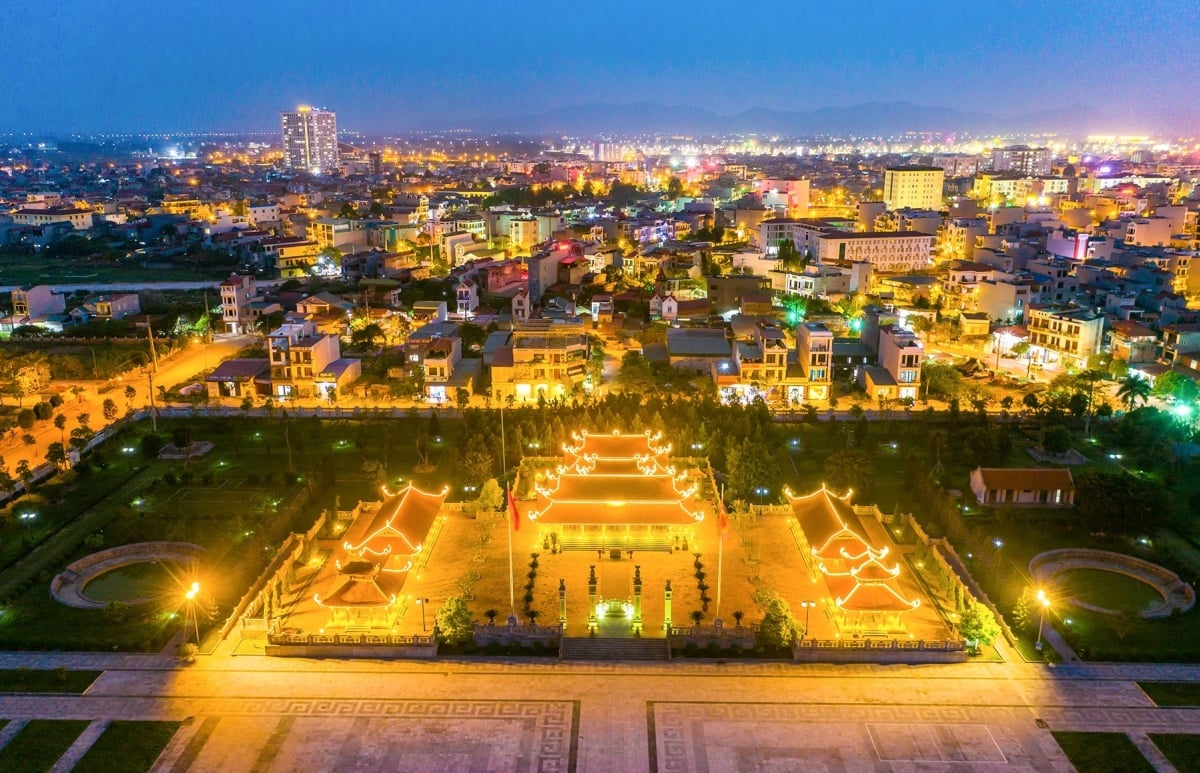








Comment (0)